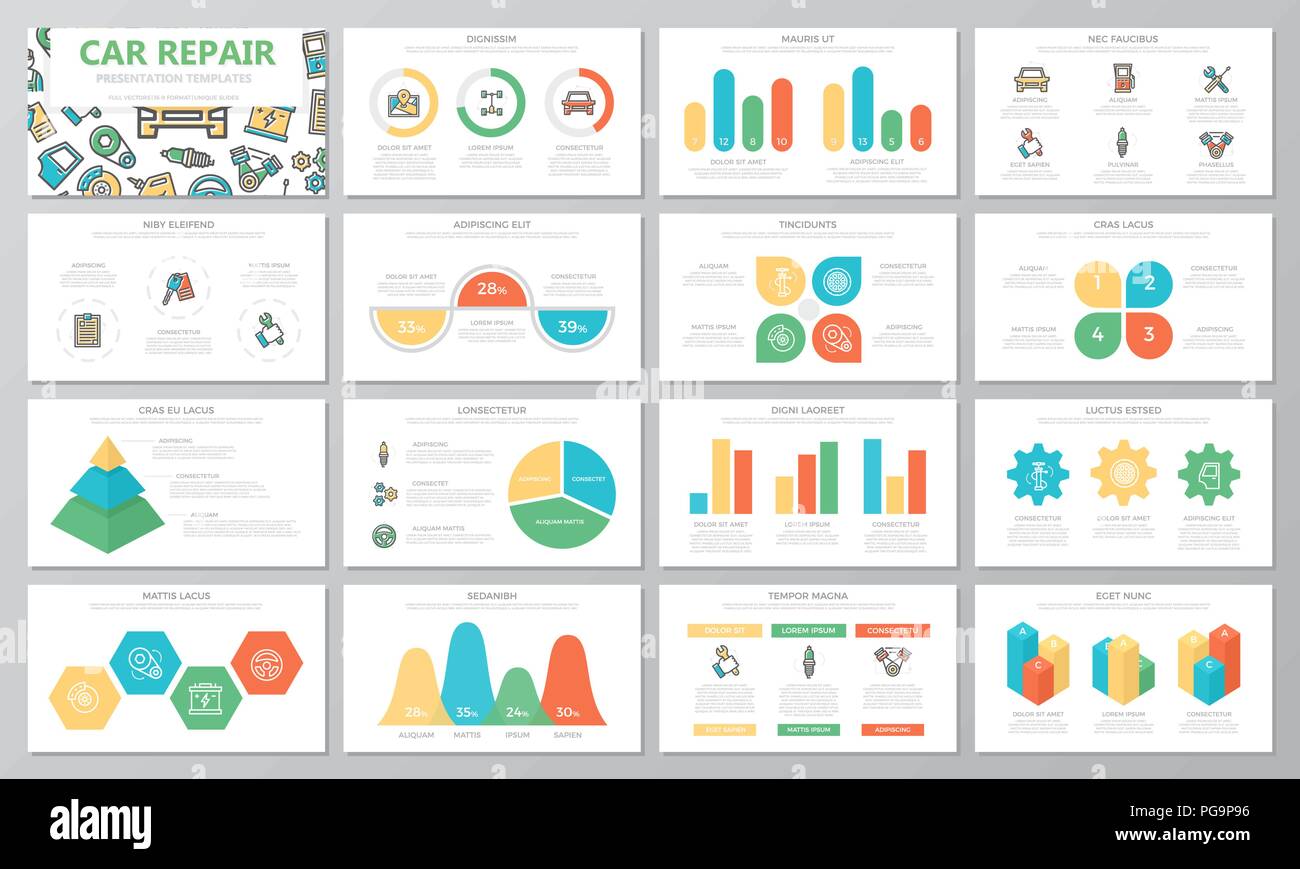Examining Your Automobile'S Warning Indicators: What They Really Communicate
Examining Your Automobile'S Warning Indicators: What They Really Communicate
Blog Article
Developed By-Vinson Winters
When you lag the wheel, those radiant caution lights on your dashboard can be a little bit bewildering. Do you understand what they're attempting to inform you concerning your automobile's wellness? Recognizing the value of these lights is crucial for your security and the long life of your lorry. So, the next time one of those lights pops up, wouldn't you intend to understand its message properly and take the essential actions to resolve it?
Common Warning Lighting and Interpretations
Determine common caution lights in your auto and recognize their significances to guarantee safe driving.
The most common warning lights consist of the check engine light, which signals issues with the engine or emissions system. If this light comes on, it's essential to have your car inspected quickly.
The oil pressure advising light shows reduced oil stress, requiring immediate interest to stop engine damage.
A flashing battery light could recommend a defective charging system, possibly leaving you stranded otherwise resolved.
car polishing service monitoring system (TPMS) light signals you to reduced tire stress, influencing lorry stability and fuel effectiveness. Ignoring this could cause risky driving problems.
The ABS light suggests a trouble with the anti-lock braking system, jeopardizing your capability to stop promptly in emergency situations.
Last but not least, the coolant temperature level warning light warns of engine overheating, which can lead to severe damages otherwise settled quickly.
Comprehending these typical caution lights will certainly aid you deal with concerns immediately and maintain safe driving conditions.
Significance of Prompt Interest
Understanding the usual caution lights in your automobile is only the very first step; the significance of without delay resolving these cautions can't be highlighted enough to guarantee your safety and security when traveling.
When a caution light brightens on your dashboard, it's your auto's means of interacting a potential problem that needs interest. Neglecting these cautions can result in more extreme problems in the future, compromising your safety and security and potentially costing you a lot more out of commission.
Trigger attention to cautioning lights can prevent malfunctions and mishaps. As an example, a flashing check engine light might indicate a misfire that, if left unattended, might trigger damage to the catalytic converter. Addressing this quickly can conserve you from a costly repair work.
Likewise, source website alerting light may signal reduced brake liquid or worn brake pads, essential elements for your safety and security when driving.
DIY Troubleshooting Tips
If you observe a caution light on your control panel, there are a few DIY fixing ideas you can try before seeking expert aid.
The initial step is to consult your automobile's guidebook to recognize what the certain caution light shows. Occasionally the problem can be as easy as a loosened gas cap setting off the check engine light. Tightening the gas cap may resolve the problem.
An additional usual concern is a reduced battery, which can trigger various cautioning lights. Examining website link for rust and guaranteeing they're safe could repair the issue.
If a warning light persists, you can try resetting it by separating the vehicle's battery for a couple of minutes and afterwards reconnecting it. Furthermore, examining your vehicle's liquid levels, such as oil, coolant, and brake fluid, can aid troubleshoot alerting lights associated with these systems.
Final thought
In conclusion, recognizing your car's warning lights is crucial for maintaining your lorry running efficiently and safely. By quickly addressing these alerts and understanding what they imply, you can prevent pricey repairs and potential break downs.
Keep in mind to consult your cars and truck's guidebook for particular details on each alerting light and act appropriately to make certain a hassle-free driving experience.
Keep notified, stay risk-free on the road!
